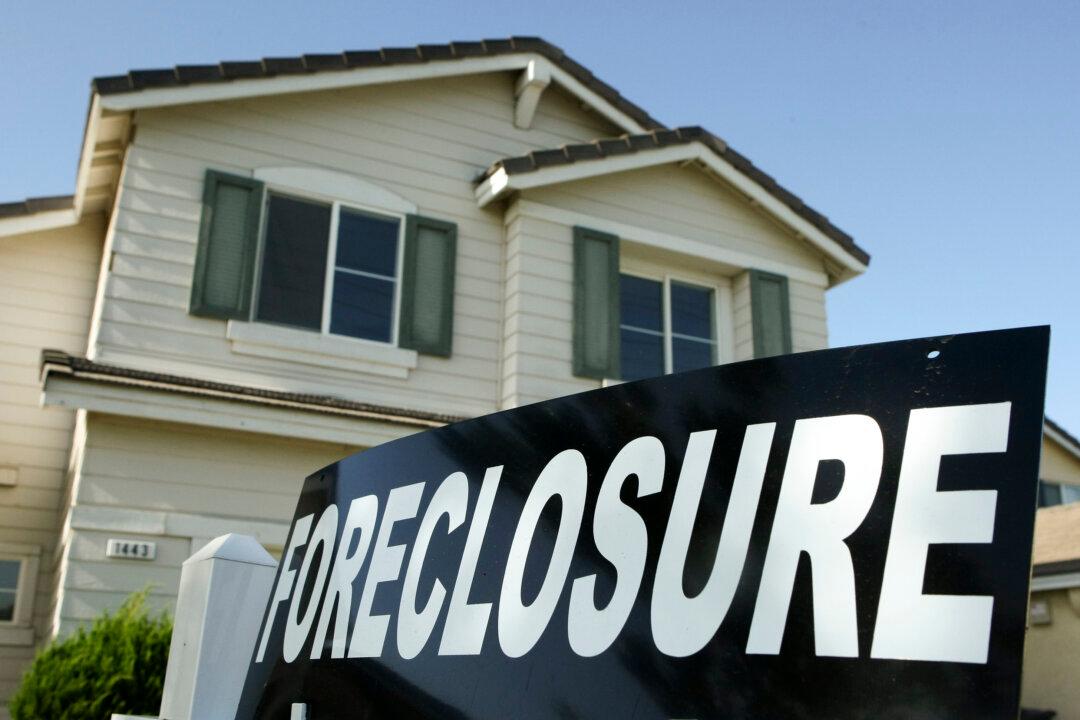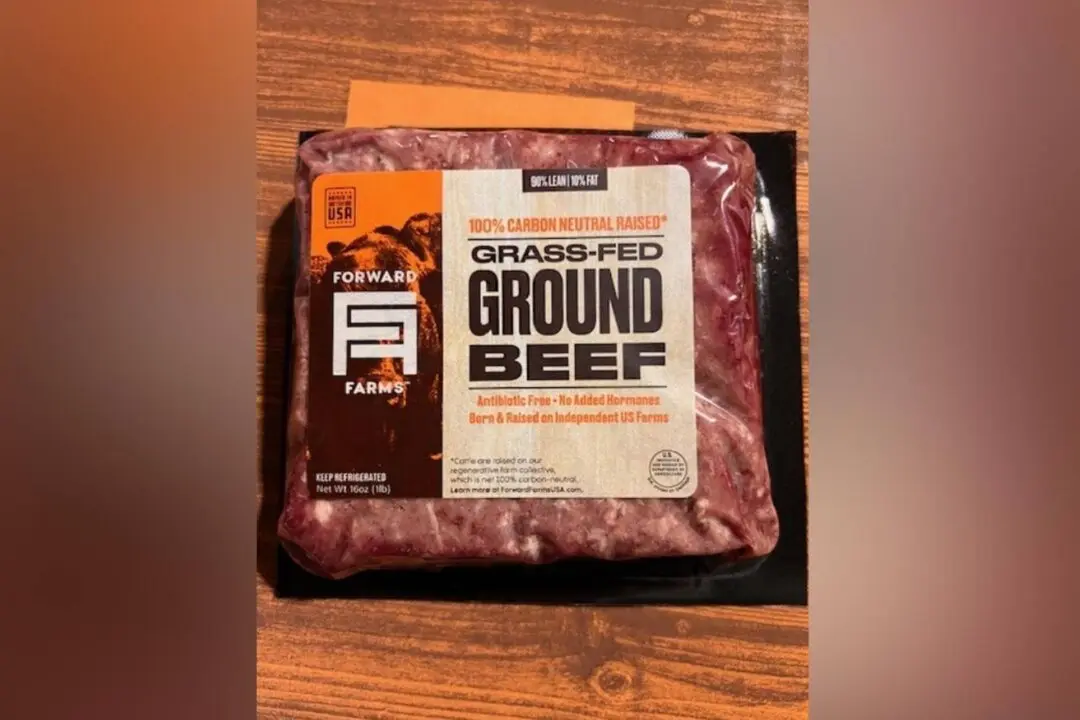The number of zombie foreclosures—properties abandoned by owners before foreclosure—has fallen by a fifth over the past year, according to real estate analytics company ATTOM.
There are 215,601 residential properties in the country currently engaged in the foreclosure process in the fourth quarter of this year, a decline of 32.8 percent from the same period last year, according to ATTOM’s Oct. 31 report. Among these properties, 7,100 are zombie foreclosures. This figure is down by 20.2 percent from a year ago.





